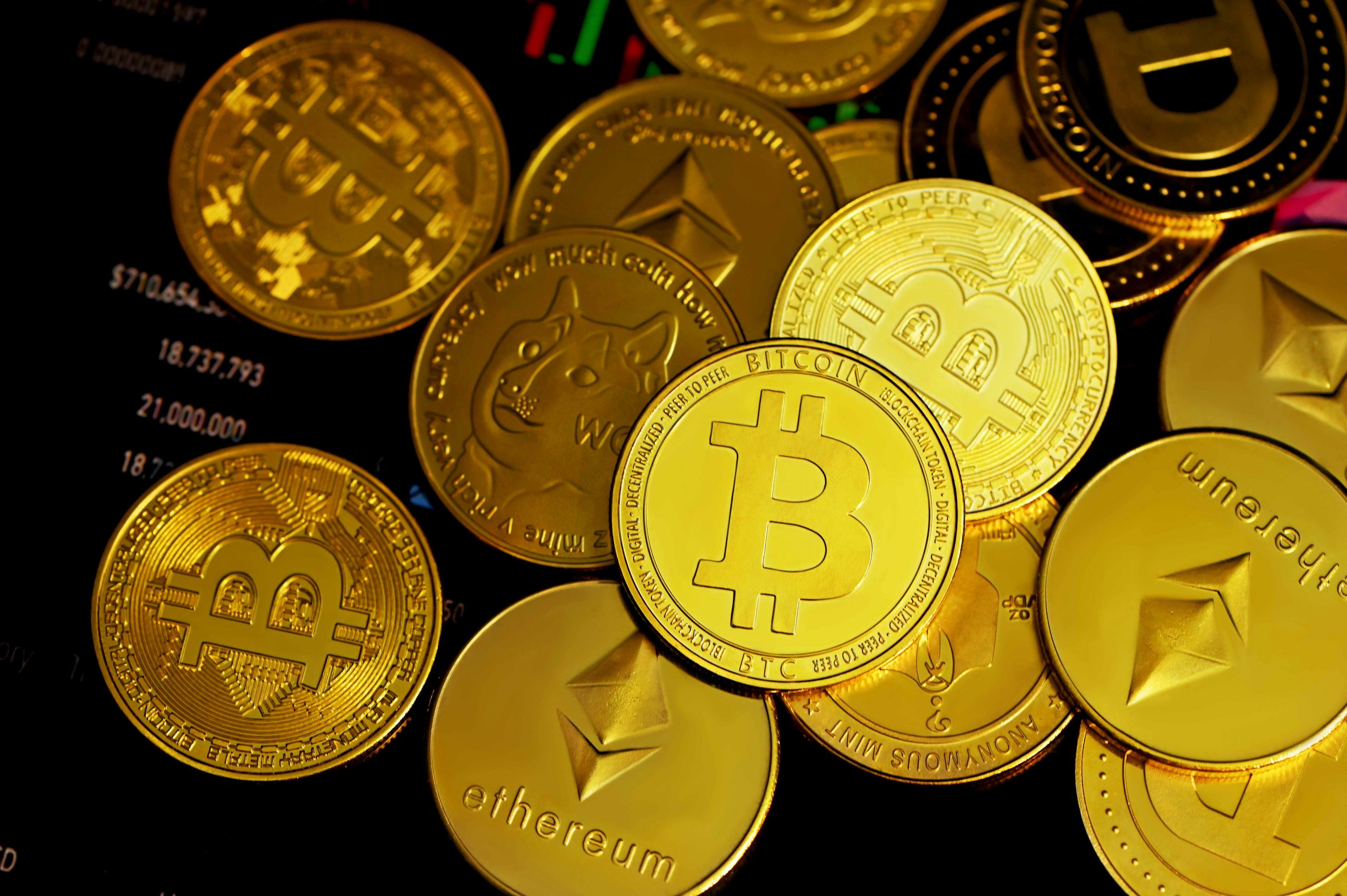New GOP Bill Aims to End Debanking of Crypto Companies and Risky Industries
The new GOP bill follows congressional hearings on "Operation Chokepoint 2.0" and reflects bipartisan consensus to end debanking practices.

Enhanced stability: By integrating stablecoins into their payment infrastructure, Stripe is aiming to mitigate the volatility typically associated with cryptocurrencies. Stablecoins, pegged to fiat currencies like the US dollar, offer stability, making them more attractive for transactions.
Streamlined transactions: The integration of stablecoins could streamline transactions by reducing the friction and costs associated with traditional payment methods.
Market expansion: Stripe’s embrace of stablecoins could open up new markets and opportunities for businesses operating in regions with limited access to traditional banking infrastructure. By facilitating cross-border payments and enabling businesses to transact with customers globally, Stripe may foster financial inclusion and unlock economic potential in underserved areas.
After a hiatus from cryptocurrency payments, Stripe, the renowned online payment processing platform, has announced its re-entry into the crypto sphere.
This time, the company is taking a different approach by incorporating stablecoins into its payment infrastructure. Co-founder and president at Stripe, John Collison, suggested that the payment service is bringing back crypto in the form of stablecoin payments. On April 25 2024, at the company’s developers conference in San Francisco, Collison emphasised that crypto is finally making sense as an exchange.
Stripe suggested that since it discounted the Bitcoin (BTC) payment option in 2018, transaction times have increased, fees have decreased, and stablecoins are performing stably. In a chat about stablecoin value transferred, Collins said, “If we’re in a crypto winter post 2021, nobody told the stablecoins.”
He added, “We’re bringing back crypto as a way to accept payments, but this time with a much better experience with stablecoins.” While on stage, Collison proved his point by carrying out a transaction. Stripe suggested that it will offer payment services using USD Coin on the Solana, Ethereum (ETH) and Polygon blockchains. Before displaying a chart of stablecoin use versus the volume of Turkish lira traded across crypto exchanges, Collison noted that besides the stability found in USDC, its dollar peg makes it a store of value. Collison said, “You don’t see it in the US. You have a perfect currency.”
Stablecoins have gained traction recently as a reliable alternative to traditional cryptocurrencies like BTC and ETH. Unlike their volatile counterparts, stablecoins are pegged to fiat currencies or other assets, ensuring price stability and reducing the risk linked with price fluctuations. This stability makes them appealing for everyday transactions, as users can confidently transact without worrying about sudden value swings. One of the key advantages of stablecoins is their ability to facilitate fast and inexpensive cross-border transactions. By leveraging blockchain technology, stablecoin transactions can be executed almost instantaneously, eliminating the need for intermediaries and reducing transaction fees.
This makes stablecoins an appealing option for businesses operating in the global marketplace, as they can streamline payment processes and reduce overhead costs. They also offer transparency and durability inherent to blockchain technology. Each transaction is recorded on a distributed ledger, providing a tamper-proof record of all transactions.
Stripe’s decision to integrate stablecoins into its payment platform reflects a growing recognition of the potential benefits of these digital assets. In 2014, Stripe was the first significant payment provider to adopt BTC. While explaining its discontinuation four years later, Collison said, “At the time, Bitcoin was a pretty terrible payment method.” Stripe did not entirely turn its back on crypto. It participated in the Libra project before backing out under pressure from US politicians. In 2021, it began rebuilding its crypto engineering team.
In 2022, Stripe and X introduced a program to allow creators on the social platform to receive payment in USDC on Polygon, which resulted in Stripe being the payment processor for payouts on X. Stripe also created fiat-to-crypto on-ramps through application programming interfaces (APIs) in conjunction with crypto exchanges. In May 2023, Stripe launched a fiat-to-crypto on-ramp in the US, which allowed Web3 companies to offer customers the ability to purchase crypto without the need to embed any code into a website or app.
The new GOP bill follows congressional hearings on "Operation Chokepoint 2.0" and reflects bipartisan consensus to end debanking practices.
The Federal Prosecutor is investigating President Javier Milei's alleged involvement in Libragate and recover deleted social media posts.
The Albanese government does not intend to follow Trump’s decision to accumulate XRP, Solana, Cardano, ETH, and BTC reserves.
Metaplanet has added another 156 BTC, while its CEO highlights efforts to explore "ways to make its shares more accessible."